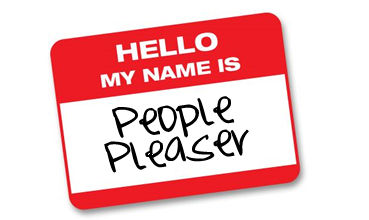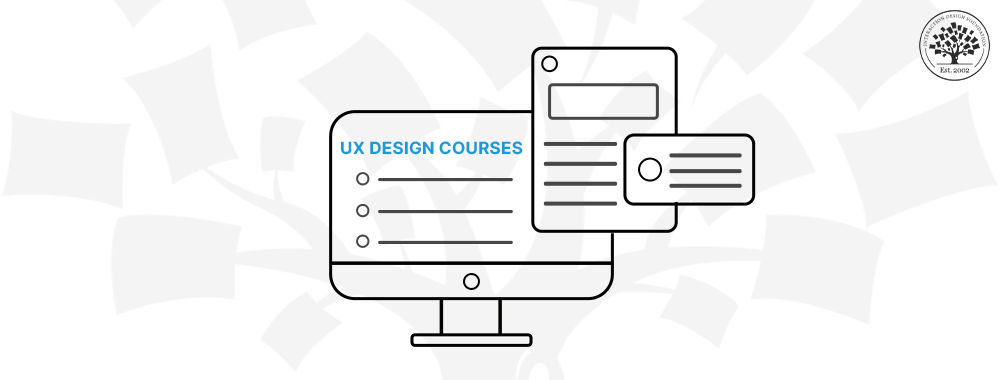This is the penultimate part in our dealing with problem users in user research and testing. We’ve taken a look at 5 problem users so far – 4 of which can’t help being a problem and 1 who absolutely can. Today, we’re going to look at our last user type and the one which we can easily create ourselves.
If you haven’t seen any of the rest of this series, and would like to, it’s all under the UX Daily tab of our website. Now, on with our final problem user – the “Yes” person.
The “Yes” Person
The “yes” person is a people pleaser. They want to make certain that they don’t upset you and they don’t want to make waves. This is a problem because when we conduct user research; they tell you what they think you want to hear and are rarely able to offer feedback that is constructive or critical.

Now, most “yes” people don’t do this on purpose. They aren’t being awful and nor are they being a suck up. In some cases, it’s a natural aversion to conflict (and I’ll be honest – even as someone who doesn’t mind a bit of conflict – there are times when I drop into this mode too. If I don’t perceive the conversation as offering massive value to me; it’s easier to just tell someone what you think they want to hear – so they can go and do what they really want to do anyway).
In other cases, it’s just how they are. They’ve always been a pleaser.

In yet others, it’s a case of being too darned nice. It’s been noted that quite often a user will blame herself for the problems she encounters when using a product. This is true even when it is clear that the product is to blame.
The final case is an interesting one. A lot of people will revert to being “yes” people when they’ve had enough of something. If your research goes on and on and on… a good sign you’re trying to cram in too much is when all your users become “yes” people for the last 30 minutes (or however long they do it for).
How to Tackle This?
It’s simply a matter of challenging the person when the situation arises. Politely, of course. For example, if you witness a problem during a test and then the user says; “Well obviously that was all my fault. I completely misunderstood the instructions.”

It’s time to say something along the lines of; “Or maybe the instructions weren’t clear and it wasn’t your fault? What do you think could have been done to make that easier for you?”
Summary
The “Yes” person is actually pretty easy to handle. All it takes is a polite challenge and then you’re away. Don’t forget you can always reassure the person that their input matters too.
Header Image: Author/Copyright holder: Unknown. Copyright terms and licence: Unknown. Img
Image Source:
Intermediae (link to image)
Nicole Lee (link to image)
Digital Mom Blog (link to image)
From Pure Chaos to Perfect Peace (link to image)












